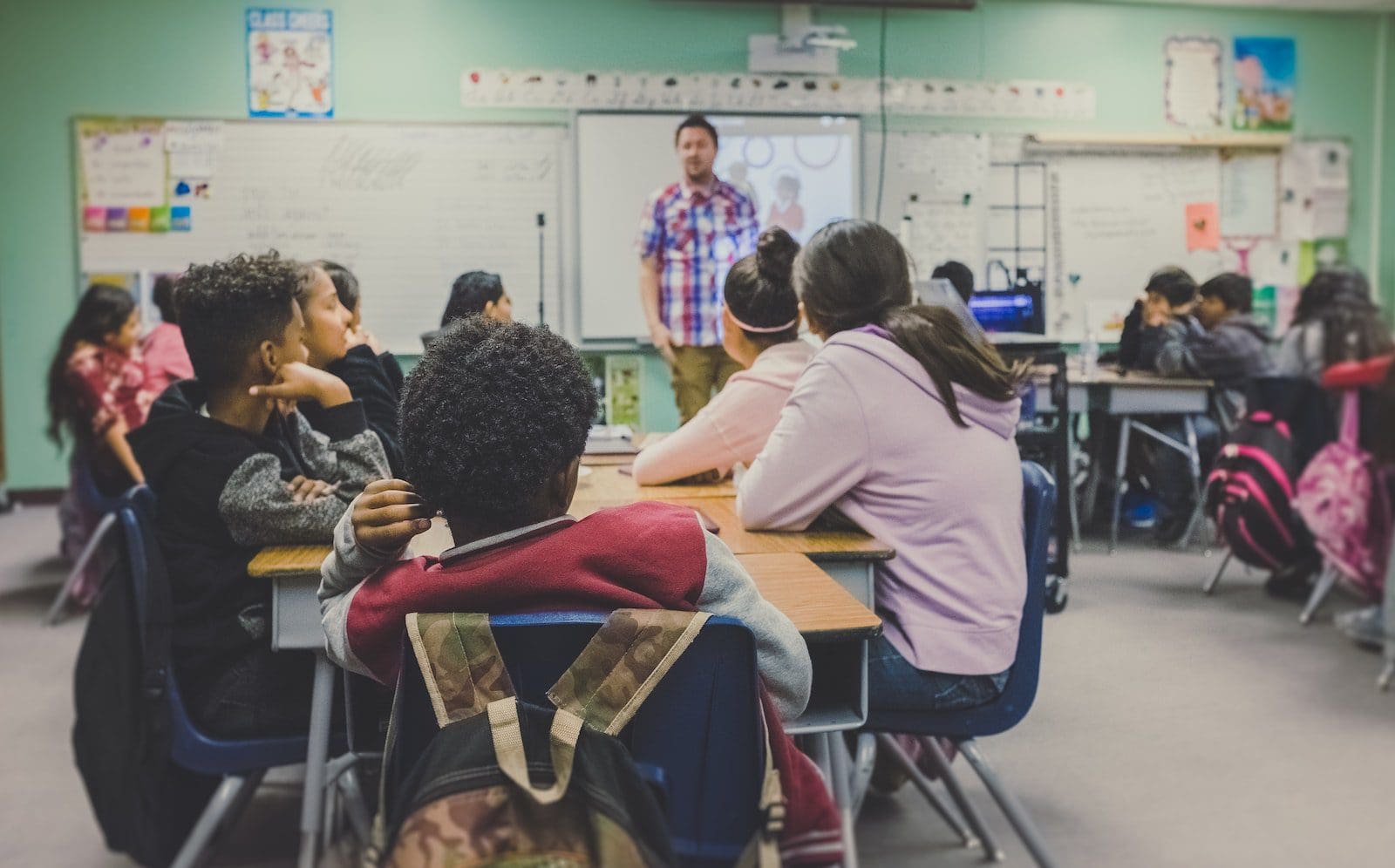We have been taught many things throughout our life, starting from our family. They say that your parent is your first teachers and then comes the teachers of our schools.
Teaching means helping a person or a student acquire knowledge, competence, or virtue. A teacher does not have to be in a school to teach someone because teachers are found everywhere.
Similarly, Learning is another thing attached to teaching in our life. If someone is teaching, the learners are learning something from that teacher.
In other words, learning is a process that includes acquiring knowledge and understanding. Learning involves acquiring values, skills, preferences, and many more.
Key Takeaways
- Teaching refers to imparting knowledge or skills to someone, while learning refers to acquiring knowledge or skills through study or experience.
- Teaching is done by a teacher or instructor, while the student or learner does learning.
- Effective teaching requires clear communication and a deep understanding of the subject, while effective learning requires active engagement and a willingness to practice and apply new knowledge.
Teaching vs Learning
The act of conveying knowledge, skills, and values to others, in a formal environment such as a classroom, is known as teaching. Learning is the process of obtaining new knowledge, skills, or behaviours through study, experience, or instruction, and it can take place in either a formal or informal context.

Comparison Table
| Parameters of Comparison | Teaching | Learning |
|---|---|---|
| Definition | Teaching is the process that involves sharing knowledge with the other person. | Learning means acquiring knowledge from your teacher, like values, skills, behaviour, etc. |
| Forms | Teaching comes in two forms: formal and informal | Whereas learning does not have any form. One can learn a lesson from everything. |
| Continuous Process | Teaching is a continuous process, as it requires a lot of time to teach a new thing to someone who does not know about it. | Learning, too, is a continuous process. Not everybody is smart or a robot that can learn everything in one day. |
| Consciousness | People can teach one another consciously or even unconsciously | Learning also happens sometimes, consciously and unconsciously. |
| Linked With | It is linked with learning and learners. | Sometimes learning does not need to be taught. |
| Authority | Teaching happens with higher authority. | Whereas learning happens with the lower authority only. |
| Autonomous | Teaching is more autonomous | Learning is less autonomous. |
What is Teaching?
Teaching means spreading knowledge to others. Teaching can happen both officially and as well as unofficially.
A teacher comes into our mind when we hear the word ‘teach’, and a teacher is indeed the one who teaches us most of our life.
For most people, teaching happened since school, and your teachers were the only source; you learned something today.
Teaching may not include knowledge because values and morals, behaviour, discipline, skills, manners, and traditions can be taught to one another.
When we talk about unofficial teaching, all of these come; when we talk about official teaching, that means bookish knowledge is taught.
As I have said that teaching does not mean that a teacher teaches in a school or a university. Teaching begins when you are born, and your parents are your teachers.
Your parents are the ones who teach you the values of life, behaviour, and such things. This is where your behaviour is reflected and shows your family background.
Teaching professionally at a school is undertaken by professionals in the field of education. The teaching is structured in schools and colleges, and the educators have their schedules, routines, and timetables.
The traditional teaching method involves a teacher lecturing to his/her students, and the students note what the teacher has said to them.

What is Learning?
In simple words, learning means acquiring knowledge. Knowledge does not always mean education because several other things can be learned.
We continue to learn throughout our lives because learning is a continuous process where knowledge is vast; one needs to keep learning throughout life.
Learning starts as soon as we are born. As we grow from infant to child, we learn to do several activities like eating, walking, talking, etc. We learn different kinds of skills as we grow gradually.
Learning can be done in various ways and styles. Some include visual learning, listening and learning, and kinaesthetic learning.
Visual learning means learning something by looking at and seeing things. Suppose there is a diagram of a pie chart in front of you showing the latest data on the crime rate of your country.
Then you look at the diagram and learn that some states have a higher crime rate and some have a lower one.
However, learning stops after death, whereas teaching continues even after death.

Main Differences Between Teaching and Learning
- The difference between teaching and learning is that teaching is done to give or spread knowledge or skills to a group of learners. In contrast, learning involves gaining knowledge and skills from a teacher or a professional.
- Teaching requires high-level authority, whereas learners possess low-level authority.
- Teachers or people teaching something to a group of learners require expert knowledge in that particular field.
- Teaching is always linked with a group of learners, whereas learning does not require teaching to learn something.
- Both teaching and learning can be done either consciously or unconsciously.
- Teaching continues even after death, where the legacy of someone lives, whereas learning stops after death.




